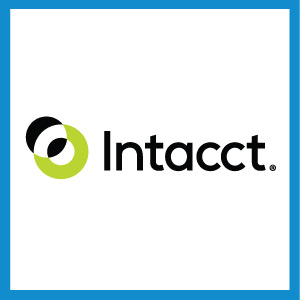Selecting the Right Outsourced Accounting Partner to Drive Your Business
When evaluating how you can better manage your time often executives face a decision between adding internal staff or finding an external partner to manage tasks. Internal staff not only adds additional salaries but also benefits, workspace/essentials, training resources, and more. Not to mention, it takes many months before new employees are proficient in their new roles. Alternatively, an outsourced accounting partner can provide an entire team that has an expertise in a given field and allows you to have the time back in your calendar to focus on what is important- expanding your company’s mission.
- Consider what you are looking to outsource
The first step in deciding on an outsourced accounting partner is making a list of tasks that you are looking for an expert to take and complete each week, month, or year. For an outsourced accounting partner, this can include closing your books, building dashboards for your owners or managers, building and running reports, taxes, accounts payable, accounts receivable and more. The amount you wish to outsource depends on if you have a finance team in place or if the owner/manager is still completing those tasks daily. At rinehimerbaker, we have experts in each field that can quickly and efficiently get all your tasks completed and to you in a timely manner.
- Align with a Proven Partner
As you assess potential partners be sure to ask for references, take the time to talk to active clients, and ask for case studies that demonstrate their success. All three of these resources are readily available with a partner that has been in business for any length of time. You can use these to access how to outsource partner works, and what they have been able to accomplish for other companies. Such as if you are looking to outsource your month-end close- how quickly have they been able to close other companies? Was it the same time or did they deliver results ahead of time?
When speaking with their customers or reading through case studies make sure to notice the type of technology the partner uses to complete your tasks. Is the software cloud-based or on-premise? Being cloud-based offers many advantages and you’ll want to be aligned with a partner who can leverage new technologies. The technology they use also lets you know how innovative they are and where they see the future going. You want a company focused on being best-in-class as this demonstrates they’ll be able to take the burden off of you and you’ll no longer have to worry about how to stay ahead of your competition.
- Check for Culture Compatibility
The final step and probably the most important is checking company culture compatibility. Working with a company that is aligned with your core beliefs will ultimately make it easier to trust someone else to make decisions on your behalf. You also want a partner that works similar hours with the same expectations for deadlines. This doesn’t mean that you have to be in the same time zone but it does mean you have to look at a workday the same. That could be having expectations that deadlines are a hard cut off with no wiggle room or you are focused on a work-life balance where the cut off is 5 pm every day despite deadlines. This will help eliminate any potential disagreements or frustrations after the partnership has started.
Find out how rinehimerbaker can help your company get results through the cloud by reaching out to accounting@rinehimerbaker.com.





